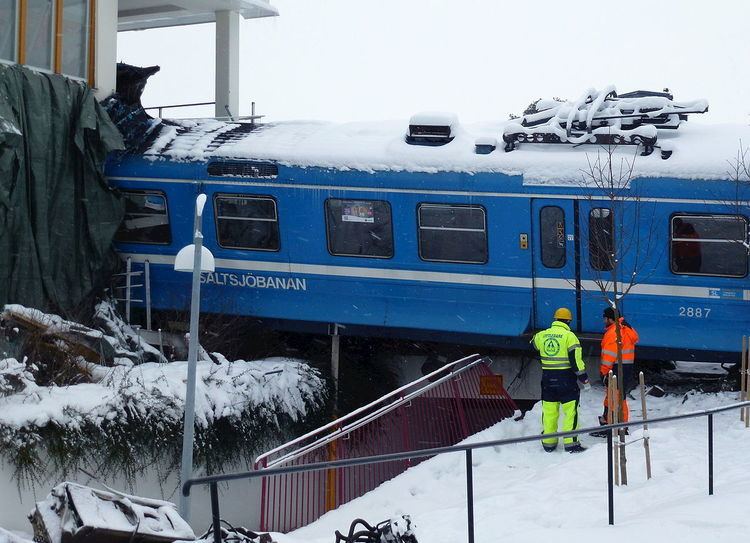 | ||
A runaway train is one of various types of incident in which unattended rolling stock is accidentally allowed to roll onto the main line, a moving train loses enough braking power to be unable to stop in safety or a train operates at unsafe speeds due to loss of operator control. If the uncontrolled rolling stock derails or hits another train, it will result in a train wreck.
A railway air brake can fail if valves on the pipe between each wagon are accidentally closed; the 1953 Pennsylvania Railroad train wreck and the 1988 Gare de Lyon train accident were results of a valve accidentally closed by the crew, reducing braking power.
A parked train or cut of cars may also run away if not properly tied down with a sufficient number of hand brakes.
Incidents
Accidents and incidents involving defective or improperly-set railway brakes include:
